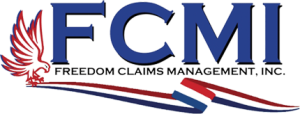Self Funding Vs Fully Insured
The Difference
There are two types of medical insurance.
- Fully Insured
- Self Funding
A business can purchase a fully insured product or self insure. A fully insured product is exactly what it says - you pay a premium to an insurance company to provide medical coverage. The premium remains the same whether there are or there are not any claims.
Self Funding is just the opposite. With Self Funding, you purchase stop loss insurance to cover claims over a specific amount and pay the rest of the claims out of cash. If your claims are low, then your overall cost is low.
Rate increases are mostly based on claims paid by the insurance company, some times frequency of claims does have some influence on rate increases. Over a five-year period, rate increases should be lower than a Fully Insured product.
The money that would have been sent to fund a Fully Insured product (paying your claims in advance) are kept in the employer's account until needed.
Self Funded plans are not governed by state laws; they fall under the national regulations of ERISA. By using a TPA (Third Party Administrator) to establish a Self Funded plan, an employer could customize their insurance plan.
Once a Self Funded plan is set up, it may be difficult to change to another plan. The claims incurred but not paid do not go away. Suppose the claims incurred in a given month exceed the budget set. For example, the total of claims that have come in are more than $25,000. Those claims are carried into the next month. That month's maximum are the normal monthly maximum - plus all prior months that were not paid.
Is a Fully Insured plan a good idea?????
It is much easier to pay a fixed medical premium; however, the business owner must have an interest in knowing how his/her medical plan works and wants to maximize their cash flow.
Additionally, continual bad claim history will provide little savings with a minimum premium plan. The cost savings are the cash flow of paying the claims three months after insured, instead of prior and the likelihood that over a five-year time span claims are expected very good one year, average three years and bad one year.
You should work with someone who knows the marketplace and products available, as well as being able to help train your staff in how to best utilize the plan.
